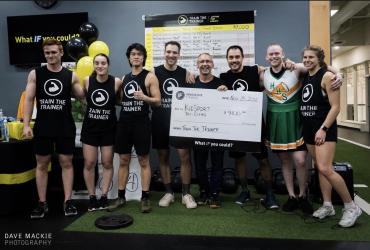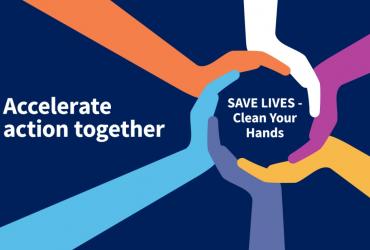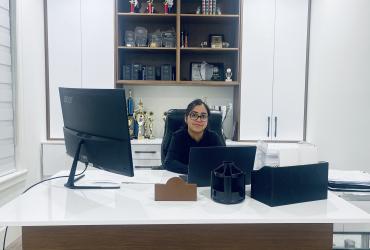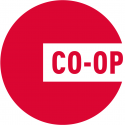Organization
Position Title
Location:
Experience Faculty
Curating each customer's experience in finding the right shoe to match their needs is more than retail sales. My supportive team has provided me with immense knowledge and transferrable skills to move forward professionally.













